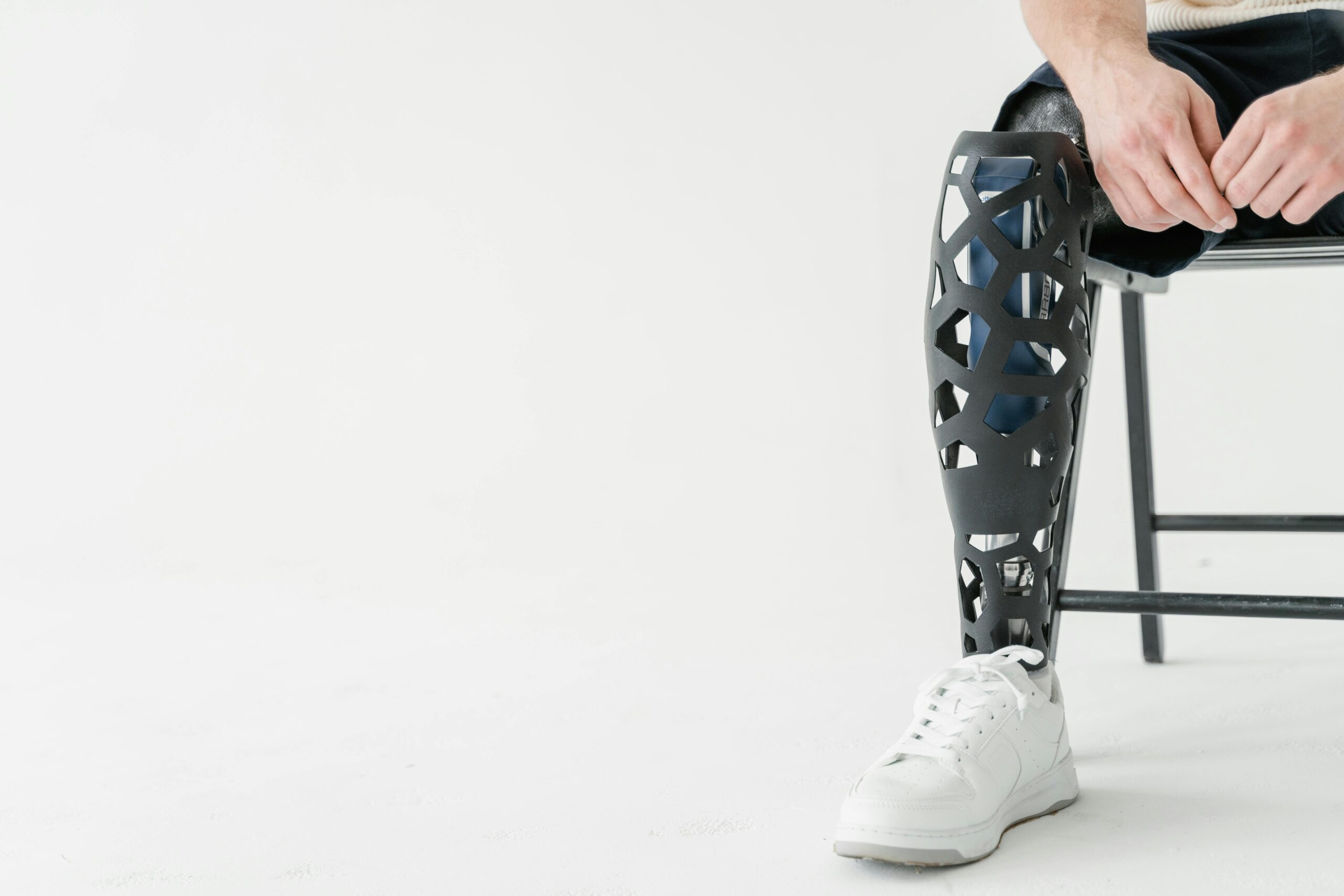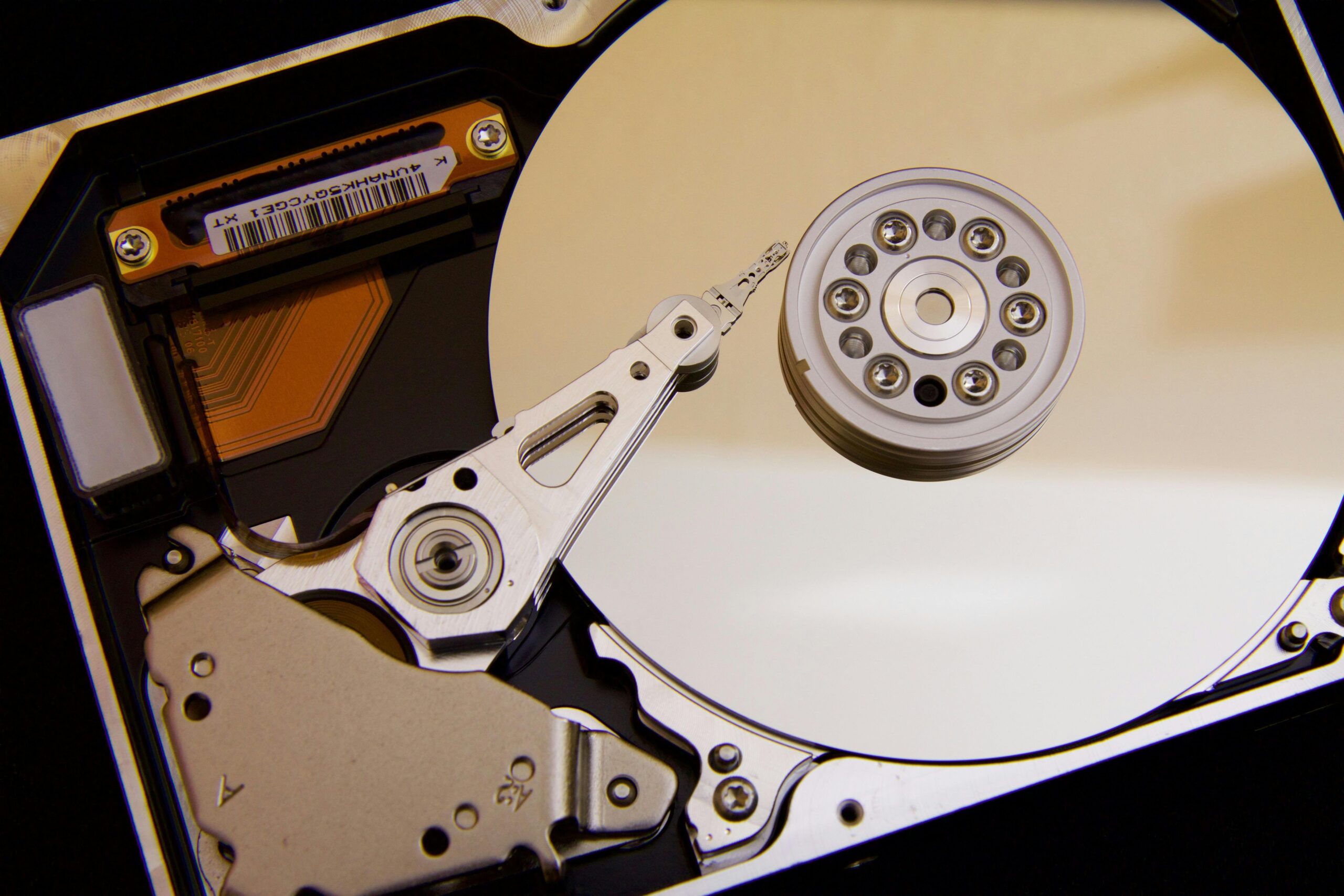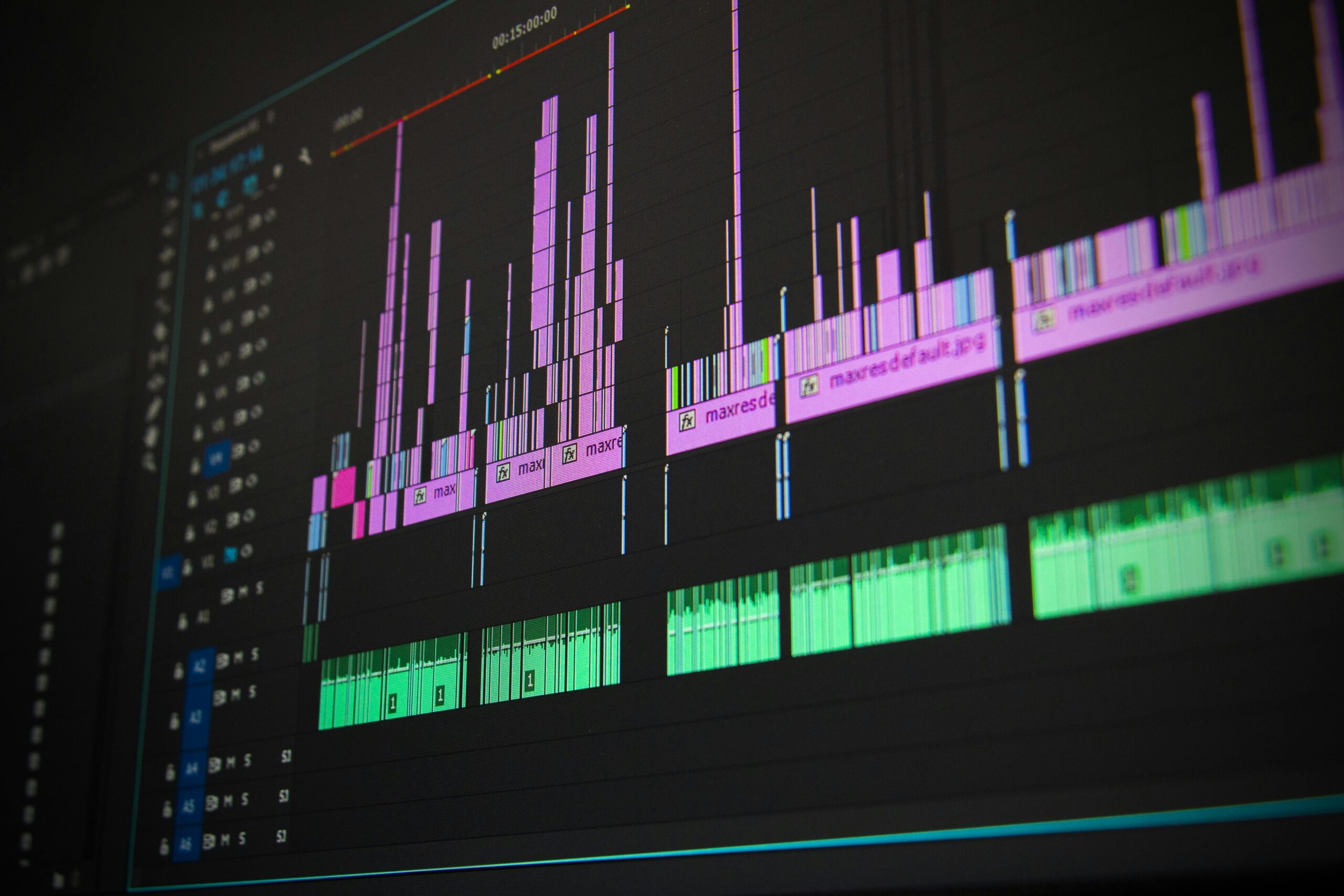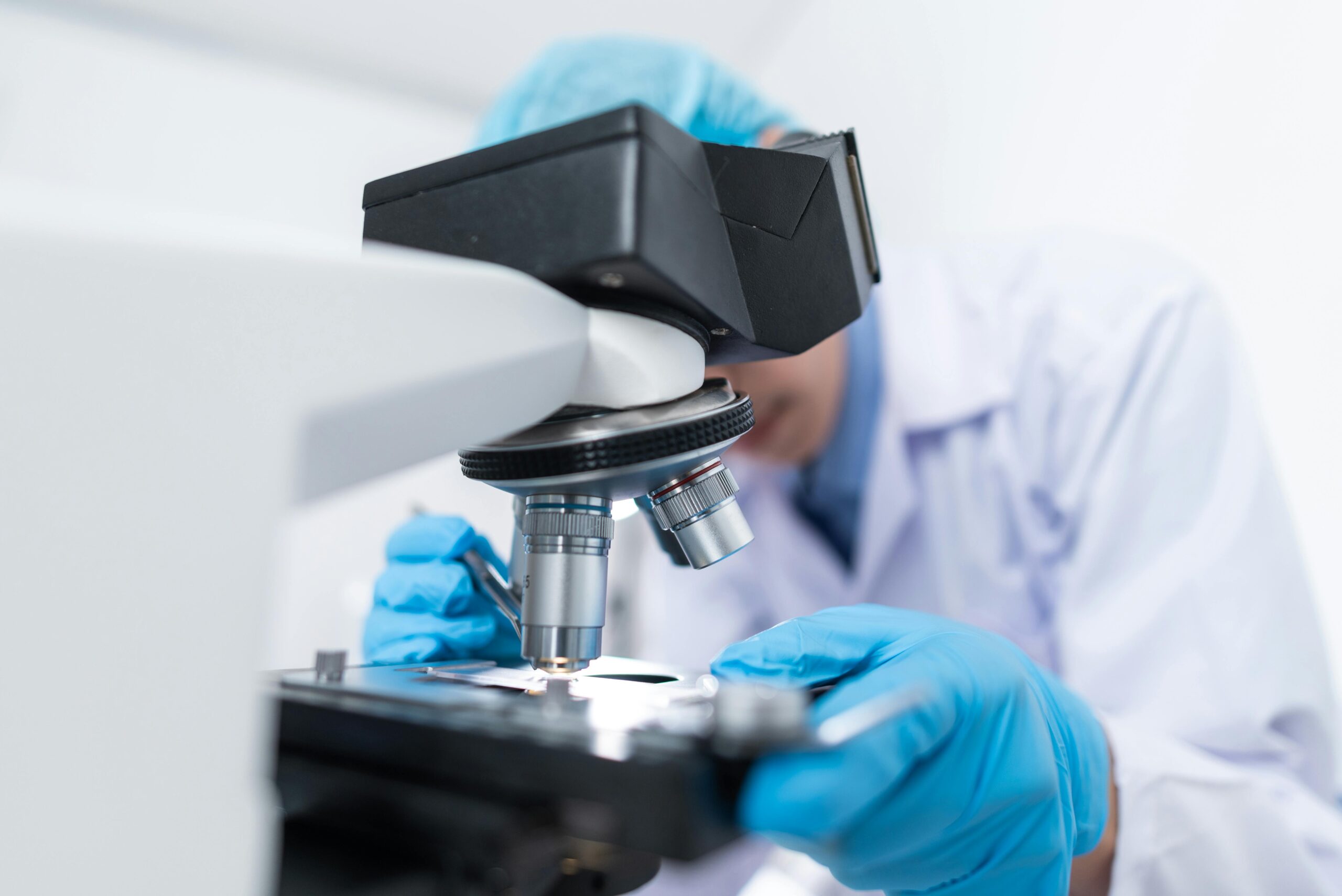The convergence of biotechnology and advanced manufacturing is ushering in an unprecedented era of medical innovation, where 3D bioprinting stands at the forefront of transforming healthcare delivery.
Imagine a future where patients no longer languish on organ transplant waiting lists, where damaged tissues regenerate through precisely engineered biological constructs, and where personalized medicine becomes the standard rather than the exception. This vision is rapidly transitioning from science fiction to clinical reality, powered by groundbreaking advances in 3D bioprinting technology. The ability to fabricate living tissues and organs layer by layer represents one of the most promising frontiers in modern medicine, potentially solving the critical shortage of transplantable organs while eliminating the complications of immune rejection that plague traditional transplantation.
🔬 Understanding the Science Behind 3D Bioprinting Technology
3D bioprinting operates on principles similar to conventional 3D printing but with a crucial difference: instead of plastics or metals, it utilizes bioinks composed of living cells, growth factors, and biomaterials. These bioinks are carefully formulated to maintain cell viability while providing the structural integrity necessary for fabrication. The process begins with detailed imaging of the target tissue or organ using CT scans or MRI technology, which creates a digital blueprint guiding the printing process.
The bioprinting process employs several distinct techniques, each with unique advantages. Extrusion-based bioprinting dispenses continuous filaments of bioink, similar to a pastry chef piping icing. Inkjet bioprinting ejects tiny droplets of cell-laden material with remarkable precision. Laser-assisted bioprinting uses focused laser pulses to transfer biological materials onto a substrate. Stereolithography-based approaches cure photosensitive bioinks layer by layer using ultraviolet light, achieving exceptional resolution for complex microstructures.
The Critical Components of Bioink Engineering
Developing effective bioinks represents one of the most significant challenges in the field. These specialized materials must satisfy multiple demanding criteria simultaneously: they must be printable with sufficient viscosity and rheological properties, biocompatible to support cell survival and proliferation, biodegradable at rates matching tissue formation, and mechanically robust enough to maintain structural integrity during and after printing.
Natural polymers like alginate, collagen, gelatin, and hyaluronic acid offer excellent biocompatibility and cell-recognition sites but often lack mechanical strength. Synthetic polymers such as polyethylene glycol and polycaprolactone provide superior mechanical properties and degradation control but may lack biological cues for cell attachment. Researchers increasingly combine these materials to create hybrid bioinks that leverage the advantages of both approaches.
🏥 Current Applications Transforming Patient Care
While fully functional printed organs remain in development, 3D bioprinting has already made significant clinical impacts in several areas. Tissue engineering for wound healing has progressed dramatically, with bioprinted skin grafts showing remarkable success in treating severe burns and chronic wounds. These grafts incorporate multiple skin layers, including dermis and epidermis, along with blood vessels that integrate with the patient’s circulatory system.
Pharmaceutical companies are leveraging bioprinted tissue models for drug testing and development, creating more accurate representations of human physiology than traditional cell cultures or animal models. These three-dimensional tissue constructs replicate the complex cellular interactions and microenvironments found in living organs, improving predictions of drug efficacy and toxicity before human trials begin.
Reconstructive Surgery Breakthroughs
The field of reconstructive surgery has witnessed transformative applications of bioprinting technology. Surgeons now utilize patient-specific printed cartilage for reconstructing ears, noses, and tracheas. Bone tissue engineering has advanced to the point where custom implants perfectly match defects caused by trauma, tumors, or congenital conditions. These bioprinted constructs integrate more naturally than traditional synthetic implants, reducing rejection rates and improving long-term outcomes.
Dental applications have also flourished, with bioprinted tooth structures, gum tissues, and jawbone reconstructions becoming increasingly sophisticated. The ability to create anatomically precise replacements based on individual patient imaging represents a quantum leap from one-size-fits-all approaches that dominated previous generations of dental restoration.
🫀 The Quest for Printable Organs: Progress and Challenges
The ultimate goal of bioprinting research remains the fabrication of fully functional transplantable organs. While this objective has not yet been achieved, incremental progress continues at an accelerating pace. Researchers have successfully printed simplified organ structures that demonstrate basic functionality in laboratory settings, though these prototypes lack the complexity required for clinical transplantation.
The heart represents both the holy grail and perhaps the greatest challenge of organ bioprinting. Recent breakthroughs include the creation of miniature cardiac tissues that beat spontaneously and respond to electrical stimulation. Scientists have printed heart valve structures with appropriate mechanical properties and cellular organization. Full-scale hearts with integrated vascular networks, multiple cell types, and coordinated contractile function remain several years away but progress steadily toward reality.
Vascularization: The Critical Bottleneck
One of the most formidable obstacles in printing functional organs is creating the intricate network of blood vessels necessary to deliver nutrients and oxygen to cells. Without adequate vascularization, printed tissues larger than a few millimeters thick suffer necrosis as interior cells die from lack of oxygen and nutrient delivery. This limitation has restricted most successful bioprinting applications to relatively thin tissues or avascular structures like cartilage.
Researchers are pursuing multiple strategies to overcome this vascularization challenge. Some teams print sacrificial materials that are subsequently removed, leaving channels that endothelial cells can populate to form blood vessels. Others incorporate angiogenic growth factors that stimulate the formation of new blood vessels. Advanced approaches use multiple printheads simultaneously depositing different cell types and materials to create hierarchical vascular networks mimicking natural tissue architecture.
💡 Innovations Driving the Field Forward
Recent technological advances are accelerating progress across all aspects of bioprinting. Artificial intelligence and machine learning algorithms now optimize print parameters, predict tissue behavior, and design structures with complex geometries that would be impossible to engineer manually. These computational tools analyze vast datasets from previous experiments to identify patterns and principles that inform future designs.
In-situ bioprinting represents an exciting frontier where portable bioprinters apply cells and biomaterials directly onto patients during surgery. This approach has shown promise for wound healing and cartilage repair, eliminating the challenges of transporting fragile printed constructs and improving integration with surrounding tissues.
Multi-Material and Multi-Cellular Printing Systems
The human body contains hundreds of cell types arranged in intricate spatial patterns that determine tissue function. Early bioprinting systems could deposit only one or two materials, severely limiting their ability to replicate natural tissue complexity. Modern bioprinters increasingly feature multiple printheads capable of depositing different cell types, biomaterials, and growth factors simultaneously with precise spatial control.
These advanced systems enable the creation of tissue interfaces where different cell types meet and interact, such as the junction between cartilage and bone or the transition from blood vessels to surrounding tissue. Such heterogeneous constructs more accurately recapitulate native tissue organization and functionality.
🌍 Global Research Initiatives and Collaborative Efforts
Bioprinting research has become a global endeavor with major initiatives spanning continents. The United States leads in funding and publications, with significant contributions from institutions including the Wake Forest Institute for Regenerative Medicine, Harvard’s Wyss Institute, and numerous other academic centers. Europe maintains competitive research programs through Horizon Europe funding and collaborations like the 3D-BIOMAT consortium.
Asian countries, particularly China, South Korea, and Japan, have invested heavily in bioprinting infrastructure and talent development. China’s governmental support for biotechnology has spawned numerous research centers focused on regenerative medicine and bioprinting applications. Israel has emerged as a bioprinting innovation hub, with startups and research institutions making significant contributions despite the country’s small size.
Public-Private Partnerships Accelerating Translation
The path from laboratory innovation to clinical application requires substantial resources and expertise in regulatory affairs, manufacturing scale-up, and clinical trial design. Public-private partnerships have proven essential for bridging this translational gap. Government agencies provide initial research funding and infrastructure, while private companies contribute commercialization expertise and capital for later-stage development.
Several bioprinting companies have raised significant venture capital funding and partnered with pharmaceutical companies, medical device manufacturers, and healthcare systems to advance their technologies toward clinical use. These collaborations leverage complementary strengths and share risks associated with developing novel medical technologies.
⚖️ Regulatory Frameworks and Ethical Considerations
As bioprinting technologies advance toward clinical application, regulatory agencies worldwide grapple with how to evaluate their safety and efficacy. Traditional frameworks for medical devices and biologics don’t perfectly fit bioprinted products, which combine elements of both categories. The FDA in the United States has established regenerative medicine advanced therapy designations to expedite development of promising technologies while maintaining appropriate safety standards.
Ethical questions surrounding bioprinting extend beyond regulatory compliance. Issues of access and equity loom large—will these transformative technologies be available only to wealthy patients in developed countries, or can manufacturing scale and policy interventions ensure broader availability? Intellectual property concerns also arise, particularly regarding cell lines and bioprinting processes, with implications for both innovation incentives and treatment accessibility.
The Question of Enhancement Versus Therapy
As bioprinting capabilities expand, society must grapple with where to draw lines between therapeutic applications and enhancement. Printing replacement organs for patients suffering from disease clearly falls within the therapeutic realm. But what about printing tissues to enhance athletic performance, cognitive function, or aesthetic appearance beyond normal human parameters? These questions lack simple answers and require ongoing dialogue among scientists, ethicists, policymakers, and the public.
🚀 Future Trajectories and Emerging Possibilities
The next decade promises extraordinary advances in bioprinting technology and applications. Several trends appear poised to accelerate progress. First, integration with gene editing technologies like CRISPR will enable the creation of patient-specific tissues with genetic modifications that enhance function or eliminate disease-causing mutations. Second, advances in stem cell biology will provide unlimited sources of diverse cell types for bioprinting applications.
Bioprinting combined with organ-on-chip technologies creates powerful platforms for drug development and personalized medicine. These systems integrate multiple printed tissue types with microfluidic channels and sensors, creating miniaturized human organ systems that can predict individual patient responses to therapies. Such personalized drug testing could revolutionize treatment selection, ensuring patients receive medications most likely to benefit them while avoiding those likely to cause adverse effects.
Space Medicine and Bioprinting Beyond Earth
NASA and other space agencies have identified bioprinting as a critical technology for long-duration space missions. The ability to print tissues and potentially organs on-demand would dramatically reduce medical supply requirements for missions to Mars or beyond. Interestingly, microgravity may actually benefit certain bioprinting applications by eliminating gravitational deformation of delicate printed structures during the critical initial stages of tissue maturation.
Research aboard the International Space Station has already demonstrated successful bioprinting of cardiac and cartilage tissues in microgravity. These experiments provide insights applicable to terrestrial bioprinting while advancing capabilities essential for humanity’s expansion beyond Earth.
🎯 Overcoming Remaining Technical Hurdles
Despite remarkable progress, significant technical challenges must be addressed before bioprinted organs become routine clinical treatments. Print resolution and speed remain limitations—current systems require hours or days to print organ-sized constructs, during which cells experience stress that reduces viability. Achieving the cellular density and organization found in native tissues pushes the limits of current printing technologies.
Long-term tissue maturation and functionality present additional hurdles. Many bioprinted constructs display immature characteristics compared to native tissues, requiring extended culture periods before they develop appropriate mechanical properties and biological functions. Creating culture systems that support this maturation at organ-scale dimensions requires solving complex problems in bioreactor design, nutrient delivery, and mechanical conditioning.
Immunological Integration and Long-Term Stability
Even when using patient-derived cells, bioprinted tissues must integrate immunologically with the recipient’s body. The biomaterials used in printing, growth factors incorporated for tissue development, and potential contamination during manufacturing could all trigger immune responses. Understanding and mitigating these immunological challenges through bioink design, cell source selection, and potentially immunomodulatory strategies remains an active research area.
💰 Economic Implications and Healthcare System Integration
The economic potential of bioprinting technology extends beyond the direct medical benefits to patients. The global organ transplantation market and broader regenerative medicine sector represent multi-billion dollar opportunities. Successfully developed bioprinting technologies could disrupt existing medical device and pharmaceutical markets while creating entirely new industries around bioink manufacturing, specialized printers, and clinical services.
Healthcare systems must prepare for integrating bioprinting services, which will require specialized facilities, trained personnel, and quality control systems. The centralized versus distributed model question remains open—will bioprinting occur in specialized centers serving large regions, or will hospitals develop in-house capabilities? Economic factors, regulatory requirements, and practical considerations will shape these decisions differently across healthcare systems and countries.
🌟 Transforming Medical Education and Practice
Bioprinting is already transforming medical education through the creation of anatomically accurate patient-specific models for surgical planning and training. Surgeons can practice complex procedures on printed replicas of a patient’s unique anatomy before entering the operating room, improving outcomes and reducing complications. Medical students learn anatomy and pathology using printed models that capture the three-dimensional complexity and variations found in real patients better than textbooks or cadavers.
As bioprinting matures, medical practice itself will evolve. The role of transplant surgeons may shift from performing traditional organ transplants to implanting bioprinted constructs and managing their integration. New specialties may emerge focused on bioprinted tissue design, production oversight, and post-implantation monitoring. The healthcare workforce must adapt through new training programs and continuing education as these technologies transition from research laboratories to clinical practice.

🔮 A Vision of Healthcare Transformed
The promise of 3D bioprinting extends far beyond simply replacing damaged organs. This technology represents a fundamental shift in how we approach disease treatment—from reactive interventions to proactive, personalized tissue engineering. Patients suffering from currently incurable conditions may find hope in bioprinted therapies tailored to their specific needs. The psychological burden of waiting for transplants could be eliminated, and the ethical complexities of organ allocation resolved.
Realizing this vision requires continued investment in research, thoughtful regulatory frameworks that balance innovation with safety, equitable access policies ensuring broad benefit, and ongoing dialogue about the ethical implications of increasingly powerful biotechnologies. The technical challenges, while significant, appear surmountable given the rapid pace of recent progress and the expanding global research community dedicated to advancing this field.
The revolution in healthcare that 3D bioprinting promises is not a distant fantasy but an emerging reality taking shape in laboratories and early clinical applications worldwide. While fully functional printed organs may still require years of development, the trajectory is clear and the potential transformative impact on human health undeniable. As we stand at this technological frontier, the future of medicine looks remarkably different from its past—more personalized, more regenerative, and ultimately more hopeful for patients suffering from conditions once considered beyond treatment.
Toni Santos is a biotechnology storyteller and molecular culture researcher exploring the ethical, scientific, and creative dimensions of genetic innovation. Through his studies, Toni examines how science and humanity intersect in laboratories, policies, and ideas that shape the living world. Fascinated by the symbolic and societal meanings of genetics, he investigates how discovery and design co-exist in biology — revealing how DNA editing, cellular engineering, and synthetic creation reflect human curiosity and responsibility. Blending bioethics, science communication, and cultural storytelling, Toni translates the language of molecules into reflections about identity, nature, and evolution. His work is a tribute to: The harmony between science, ethics, and imagination The transformative potential of genetic knowledge The shared responsibility of shaping life through innovation Whether you are passionate about genetics, biotechnology, or the philosophy of science, Toni invites you to explore the code of life — one discovery, one cell, one story at a time.




